While gin originated in the Netherlands, the gin and tonic started in India when Imperial British soldiers sweetened bitter-tasting quinine to mix with gin as an anti-malarial “tonic”. Since its early 21st-century renaissance, when the rise of the Spanish-style goblet glass coincided with a new era of cocktail culture and craft spirits, the G&T has re-established itself as a classic serve beloved for its versatility and simplicity.
They take their G&Ts very seriously at Dublin’s Westbury hotel, so we asked Oisin Kelly, head bartender at the hotel’s Sidecar bar, to share his pro tips for recreating this top-class serve at home.
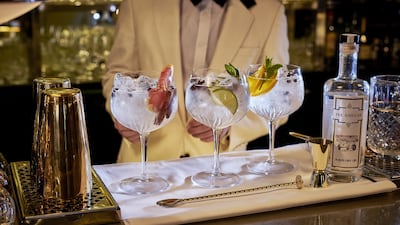
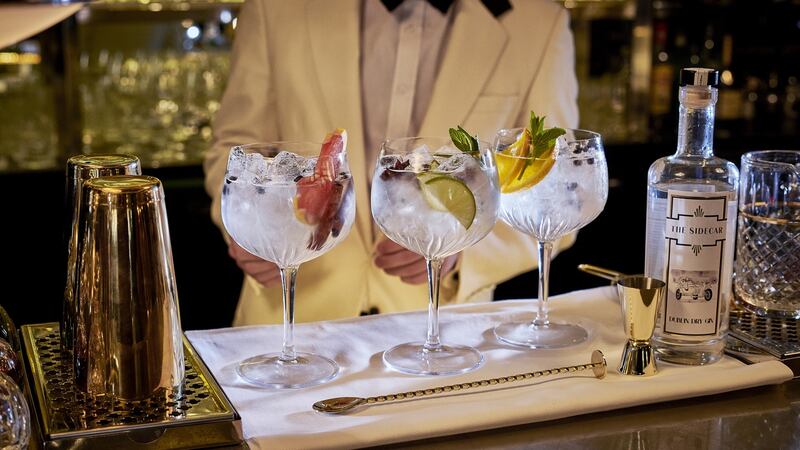
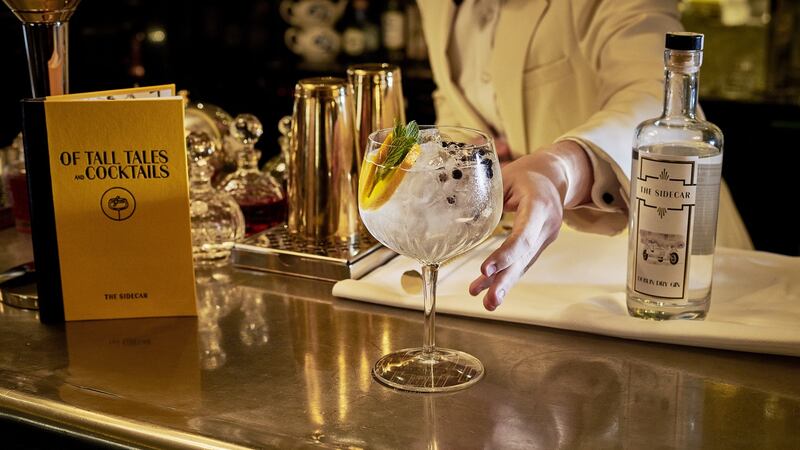
Part one of All about Gin looks at some of the stories behind Ireland’s most popular gins, with advice from a mixologist on how to achieve the perfect gin and tonic, summer cocktail recipes, the ultimate gin and cocktail accessories and much more.
[ The Irish Times ePaperOpens in new window ]
The personal touch
“The ‘perfect G&T’ is different for everyone,” Oisin says. “Once you know what you like, you can recreate it or describe it to your bartender so that they can tailor their serve to your preference.” Aim to fine-tune the balance of your favourite gin, quality tonic and complementary garnish to accentuate key aromatic notes. Once you’ve nailed your preferred ratio of those key ingredients, serve it sufficiently cold to avoid watering down those flavours.
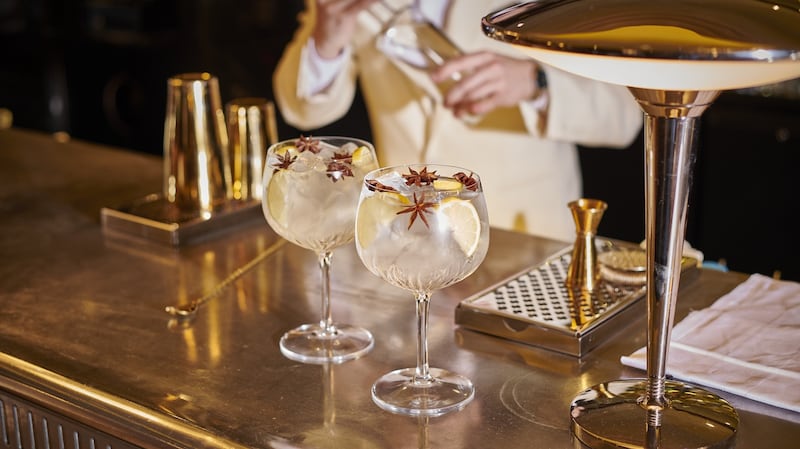
The glassware
“There is sound reasoning behind the goblet,” Oisin says. Its roomy size allows for plenty of ice alongside a generous garnish for visual and aromatic effect, and can take up to a full bottle of tonic should that be your preferred ratio. While straight-sided glasses draw the bubbles up and directly out of the glass, the curved sides of a goblet or wine glass direct the bubbles back around the glass, preserving that refreshing effervescence, while the wide surface allows those aromatics to accentuate your experience.
The gin
Consider your preferred style of gin: whether a classic old-timey London Dry Gin that is clean and dry rather than flavour-forward; a more modern, flavoured style, which is still dry but with fresh citrus and spice notes; a newer style of distillation that is less dry and layered with unusual botanicals for additional flavour; or the current trend for up-front added flavours as in pink gins. Pouring the gin before adding ice helps to avoid dilution – “and it gives you a chance to taste the gin before adding anything else”, adds Oisin, a crucial step in mastering that balance of flavours.
The ice
Don’t be frugal with your ice: the more ice in the glass, the colder the drink and the slower the dilution. Oisin recommends buying good ice or experimenting with making it at home. “The bigger the cube, the slower the dilution thanks to greater surface area,” Oisin explains. Invest in a good ice mould, consider round rather than square as thin corners melt fast and check out online tutorials if you want to really geek out.
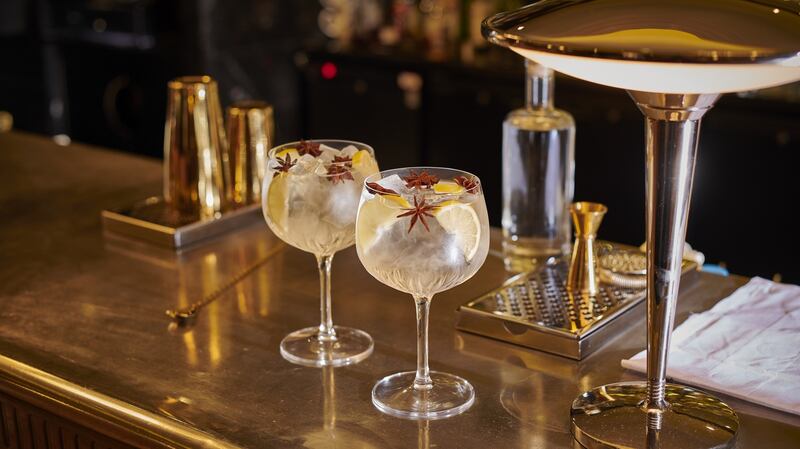
The garnish
“When choosing fruits, botanicals or spices, take inspiration from the gin itself,” Oisin says. “Understanding the spirit will help you choose what garnishes to add.” Read the label, taste the gin and maybe read up about it before deciding which notes to accentuate. Whole spices can echo base flavours: star anise, cinnamon sticks or juniper berries look and smell great, provided you don’t overdo it. Fresh herbs add a fragrant top note; gently brushing a sprig of mint or lightly slapping a basil leaf will help release aromatic compounds. Citrus fruit is a classic garnish: lemon is lightly floral and not too sharp; grapefruit brings bitter notes which can be polarising; lime is tangy and very sharp; orange is sweeter and visually compelling.
The tonic
There are many great tonics available today – Fever-Tree, Fentimans, Thomas Henry, 1724 and our own Poachers – so taste test a few to find the one you love. Oisin recommends adding a small 50ml splash to begin with “to open up the flavours of the gin” before topping up to taste. For a final pro flourish, pouring the tonic down the spiral of a cocktail spoon – as they like to do table side at the Sidecar – adds a bit of showmanship while helping to mix the tonic through the ice and gin. “It’s a nice little trick that adds a bit of pzazz.” And who of us couldn’t do with a little more pzazz in our lives these days?















